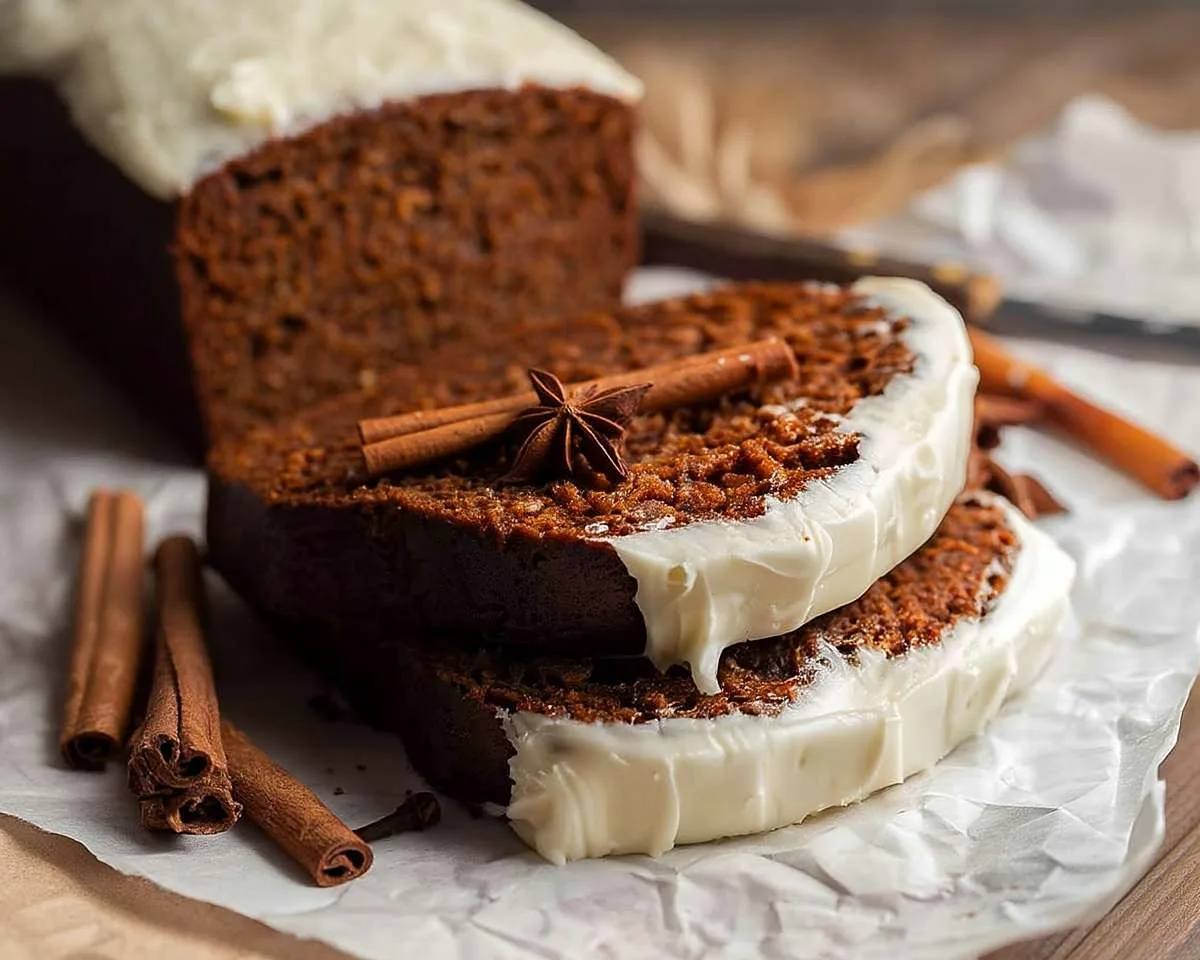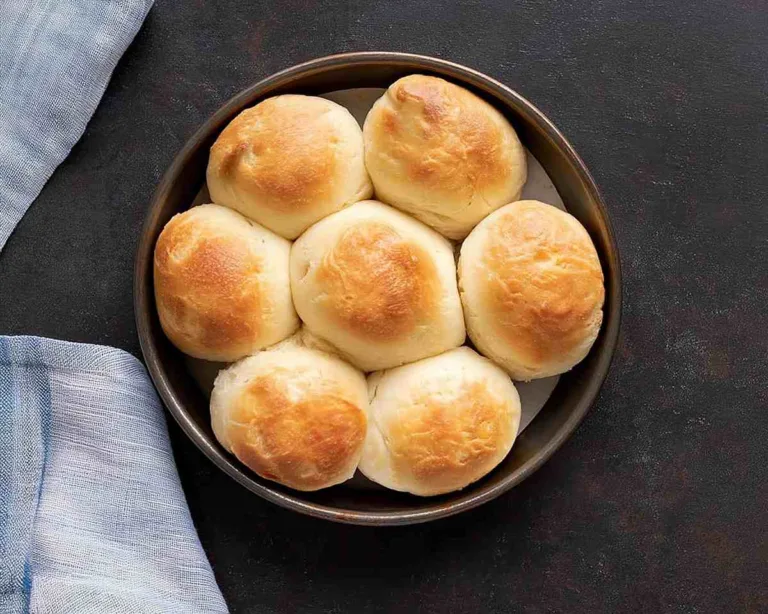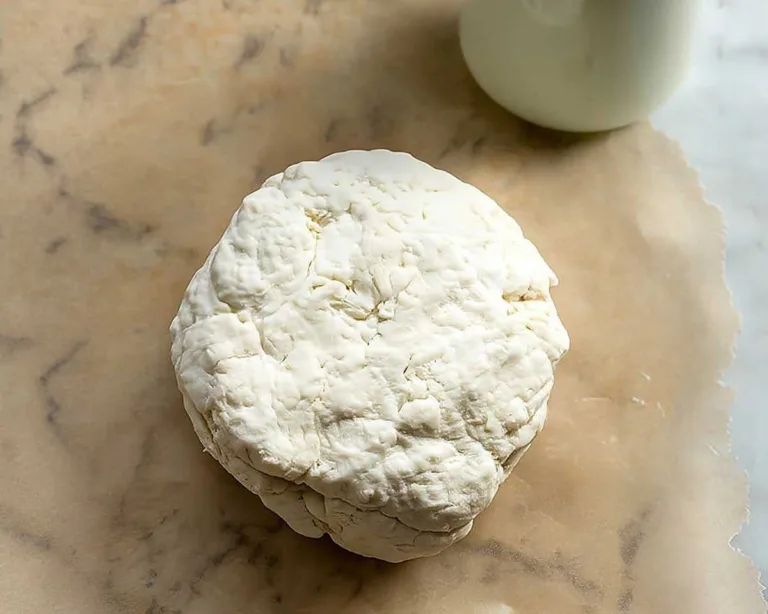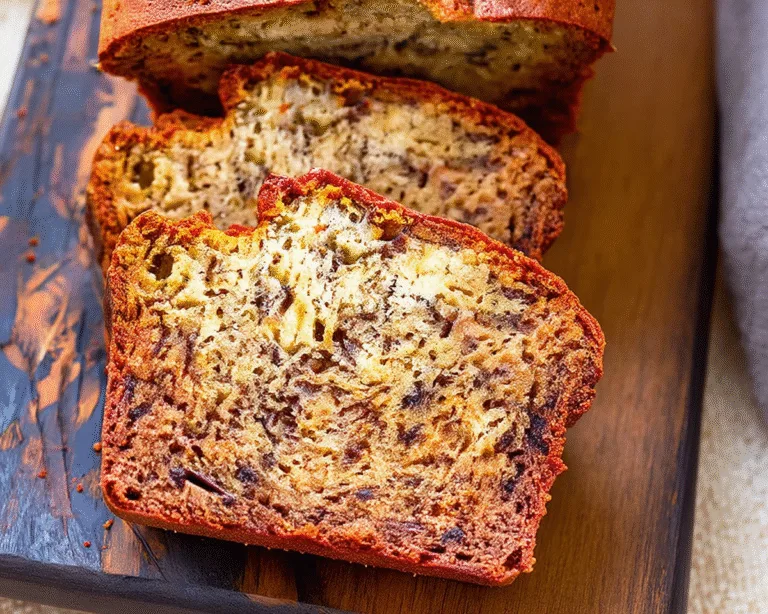Gluten Free Gingerbread Loaf
Bake an irresistibly moist gluten free gingerbread loaf with cream cheese frosting. Perfect for busy families—detailed tips, substitutions & troubleshooting included.
You know what? There’s something genuinely magical about the smell of a gluten free gingerbread loaf baking on a chilly morning. My family’s been requesting this for years—especially during those cozy autumn and holiday seasons when everything just feels warmer and more nourished.
Whether you’re new to gluten-free baking or a seasoned pro, this gluten free gingerbread loaf recipe delivers that deep, spiced-cake flavor everyone craves without any of the disappointment.
Man, oh man, I was terrified of baking loaves when I first ditched gluten. Everything seemed to dry out or turn into a dense brick. But then I discovered that adding hot water to the batter creates this wonderfully moist crumb that rivals any traditional gingerbread cake. The secret? A touch of cocoa powder, perfectly balanced spices, and that gorgeous cream cheese frosting on top.
This gluten free gingerbread loaf recipe is designed for busy families who want homemade goodness without overcomplicating things. You’ll need basic pantry staples and about 10 minutes of prep time. Let’s dive in and make something truly special together.
Table of Contents

Gluten Free Gingerbread Loaf
Equipment
- 8×4 Loaf Pan or Pullman Loaf Pan
- Parchment paper
- Small mixing bowl
- Large mixing bowl
- Whisk
- Microwave-Safe Container
- Offset Spatula or Spoon
- Cooling rack
- Electric Mixer or Stand Mixer
- Serrated knife
- Instant-read thermometer
- Toothpick or Cake Tester
Ingredients
Gluten-Free Gingerbread Loaf
- 320 grams Gluten-free multi-purpose flour
- 20 grams Cornstarch
- 8 grams Dutch-processed cocoa powder
- 1 teaspoon Baking soda
- 0.5 teaspoon Baking powder
- 0.75 teaspoon Kosher salt
- 2 teaspoons Ground ginger
- 1.5 teaspoon Ground cinnamon
- 0.5 teaspoon Allspice
- 0.25 teaspoon Nutmeg
- 0.125 teaspoon Fresh ground pepper
- 0.125 teaspoon Cloves optional
- 235 grams Light molasses, unsulphured
- 100 grams Light brown sugar
- 140 grams Neutral oil (canola or grapeseed)
- 1 teaspoon Vanilla extract
- 2 large Eggs, room temperature
- 240 grams Hot water (~100°F/38°C)
Cream Cheese Frosting
- 115 grams Cream cheese, room temperature
- 30 grams Unsalted butter, room temperature
- 70 grams Powdered sugar
- 0.5 teaspoon Vanilla extract
- 1 pinch Kosher salt
Instructions
- Preheat your oven to 350°F and line a loaf pan with parchment paper. Use an 8.4″×4.5″×4.1″ Pullman pan or a standard 8×4 loaf pan. Remember that shallower pans bake faster, so adjust timing as needed.
- In a small bowl, sift together the gluten-free multi-purpose flour, cornstarch, baking powder, baking soda, cocoa powder, ground ginger, cinnamon, allspice, nutmeg, pepper, and kosher salt. This ensures even distribution of leavening agents. Set aside.
- In a large mixing bowl, whisk together the light brown sugar, molasses, vanilla extract, and neutral oil until fully combined. The mixture should look glossy and well-blended.
- Add one egg at a time to the molasses mixture, whisking thoroughly after each addition. This creates a smooth, emulsified base that keeps your gingerbread loaf moist and tender.
- Place 240g of water in a microwave-safe container and microwave for about one minute until it reaches approximately 100°F/38°C. If you accidentally boil it longer, remeasure to ensure you still have exactly 240 grams.
- While the water is heating, add all the dry ingredients to the wet mixture. The batter will be noticeably stiff at this point—that’s completely normal.
- Carefully pour the hot water into the gingerbread loaf batter and whisk until you have a smooth, thin quick bread batter. The hot water hydrates the gluten-free flour blend beautifully, creating that signature moist crumb.
- Transfer the batter to your prepared loaf pan and use a spatula or small offset to smooth it out evenly. Place it in the preheated 350°F oven and bake for 55–65 minutes.
- The gluten-free gingerbread loaf is done when a toothpick inserted in the center comes out clean and the internal temperature registers between 200°F and 205°F. If the top browns too quickly, tent it loosely with foil during the final 10–15 minutes.
- Allow the loaf to cool in the pan for 10 minutes, then gently remove it and transfer to a cooling rack. Let it cool completely before frosting—this prevents the cream cheese topping from melting into the warm cake.
- Combine the room-temperature unsalted butter, cream cheese, salt, and vanilla in a large bowl. Using an electric mixer or stand mixer with the paddle attachment, blend until the mixture is light and fluffy.
- Carefully add the powdered sugar and mix on medium speed until light and fluffy. Taste it—you can always add more sugar if you prefer extra sweetness.
- Once your gingerbread loaf has cooled completely, place it on a serving plate and spread the cream cheese frosting over the top using an offset spatula or the back of a spoon. Slice into thick portions with a serrated knife and serve.
Notes
Ingredients

| Component | Ingredient | Amount |
|---|---|---|
| Loaf | Gluten-free multi-purpose flour | 320g |
| Cornstarch | 20g | |
| Dutch-processed cocoa powder | 8g | |
| Baking soda | 1 tsp | |
| Baking powder | ½ tsp | |
| Kosher salt | ¾ tsp | |
| Ground ginger | 2 tsp | |
| Ground cinnamon | 1½ tsp | |
| Allspice | ½ tsp | |
| Nutmeg | ¼ tsp | |
| Fresh ground pepper | ⅛ tsp | |
| Cloves (optional) | ⅛ tsp | |
| Light molasses, unsulphured | 235g | |
| Light brown sugar | 100g | |
| Neutral oil (canola or grapeseed) | 140g | |
| Vanilla extract | 1 tsp | |
| Large eggs, room temperature | 2 | |
| Hot water (~100°F/38°C) | 240g | |
| Frosting | Cream cheese, room temperature | 115g |
| Unsalted butter, room temperature | 30g | |
| Powdered sugar | 70g | |
| Vanilla extract | ½ tsp | |
| Kosher salt | pinch |
Instructions
Prep & Bake Setup
Preheat your oven to 350°F and line a loaf pan with parchment paper. I use an 8.4″×4.5″×4.1″ Pullman pan for all my gluten free gingerbread loaf recipes, but a standard 8×4 loaf pan works beautifully too. Just remember—shallower pans bake faster, so adjust timing as needed.
Combine Dry Ingredients
In a small bowl, sift together the gluten-free multi-purpose flour, cornstarch, baking powder, baking soda, cocoa powder, ground ginger, cinnamon, allspice, nutmeg, pepper, and kosher salt. This step is crucial for distributing the leavening agents evenly throughout your gluten free gingerbread loaf batter. Set the mixture aside.
Mix Wet Ingredients
In a large mixing bowl, whisk together the light brown sugar, molasses, vanilla extract, and neutral oil until fully combined. The mixture should look glossy and well-blended.
Add one egg at a time to the molasses mixture, whisking thoroughly after each addition. This creates a smooth, emulsified base that keeps your gluten free gingerbread loaf moist and tender.
Heat Water to the Right Temperature
Place the 240g of water in a microwave-safe container (I use a liquid measuring cup) and microwave for about one minute until it reaches approximately 100°F/38°C. If you accidentally boil it longer, remeasure to ensure you still have exactly 240 grams—precision matters here.
Combine Dry & Wet
While the water’s heating, add all the dry ingredients to the wet mixture. The batter will be noticeably stiff at this point—that’s completely normal for a gluten free gingerbread loaf.
Add Hot Water
Carefully pour the hot water into the gingerbread loaf batter and whisk until you have a smooth, thin quick bread batter. The hot water hydrates the gluten-free flour blend beautifully, creating that signature moist crumb you’re after.
Pour & Bake
Transfer the batter to your prepared loaf pan and use a spatula or small offset to smooth it out evenly. Place it in the preheated 350°F oven and bake for 55–65 minutes.
The gluten free gingerbread loaf is done when a toothpick inserted in the center comes out clean and the internal temperature registers between 200°F and 205°F. If the top browns too quickly, tent it loosely with foil during the final 10–15 minutes.
Cool Properly
Allow the loaf to cool in the pan for 10 minutes, then gently remove it and transfer to a cooling rack. Let it cool completely before frosting—this prevents the cream cheese topping from melting into the warm cake.
Cream Cheese Frosting
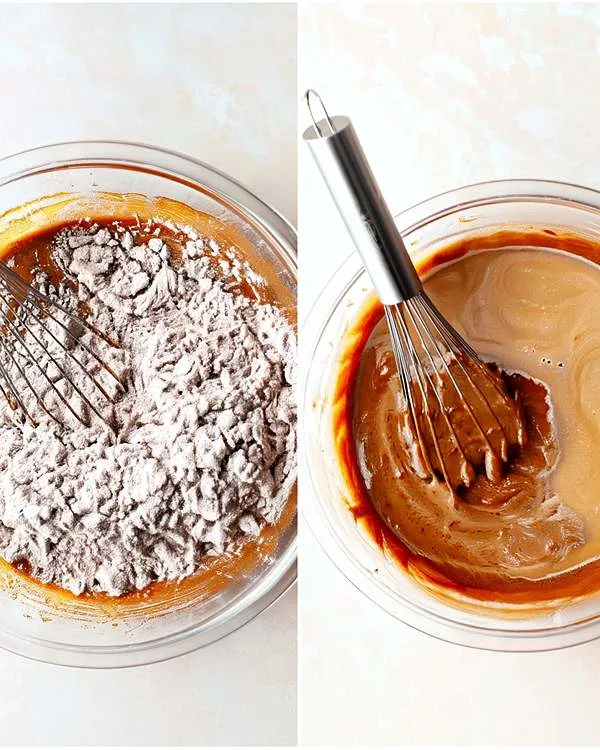
Mix the Frosting Base
Combine the room-temperature unsalted butter, cream cheese, salt, and vanilla in a large bowl. Using an electric mixer (or your stand mixer with the paddle attachment), blend until the mixture is light and fluffy.
Add Powdered Sugar
Carefully add the powdered sugar and mix on medium speed until light and fluffy. Taste it—you can always add more sugar if you prefer extra sweetness.
Frost Your Loaf
Once your gluten free gingerbread loaf has cooled completely, place it on a serving plate and spread the cream cheese frosting over the top using an offset spatula or the back of a spoon. Slice into thick portions with a serrated knife and serve.
Substitutions
All-Purpose Flour (Non-Gluten-Free)
You can absolutely swap the gluten-free multi-purpose flour for regular all-purpose flour in a 1:1 ratio for your gluten free gingerbread loaf cake. Just omit the cornstarch, since standard flour has different starch content. The baking time and texture should remain nearly identical.
Applesauce for Oil
For a gluten-free gingerbread loaf recipe with applesauce, replace the neutral oil with an equal amount of unsweetened applesauce. This creates a more tender, cake-like crumb with slightly fewer calories. You might need to add just a touch extra water if the batter feels too stiff.
Dairy-Free Frosting
Swap the cream cheese and butter for dairy-free cream cheese and vegan butter in equal amounts. The frosting might need an extra 1–2 tablespoons of powdered sugar to reach the right consistency. Whip it well for that same fluffy texture on your gluten free gingerbread loaf.
Molasses Swap
Don’t have light molasses? Use dark molasses or even honey in a 1:1 ratio for your gluten-free gingerbread loaf recipe. Dark molasses will create a deeper, more robust flavor, while honey brings a gentle sweetness. Adjust the baking soda if you switch—honey’s less acidic than molasses.
Brown Sugar Adjustment
If you’re out of light brown sugar, regular brown sugar or even coconut sugar works beautifully in this gluten free gingerbread loaf. The texture might vary slightly, but the flavor remains delicious.
Troubleshooting
Loaf Turns Out Dry
A dry gluten-free gingerbread loaf usually means the baking time ran too long or your gluten-free flour blend absorbs more moisture than expected. Lower your oven temp by 25°F next time and check the loaf a few minutes earlier. Remember, that hot water is your secret weapon for keeping this moist!
Frosting’s Too Soft
If your cream cheese frosting is slipping off the gluten free gingerbread loaf, your ingredients weren’t quite at room temperature. Chill the frosting for 15–20 minutes and add another tablespoon of powdered sugar. It should stiffen right up.
Gingerbread Loaf Won’t Rise Enough
Make sure your baking soda and baking powder are fresh—they lose potency after about 6 months. Also, double-check that your oven temperature is accurate with an oven thermometer. An oven that’s running cool will definitely impact your gluten-free gingerbread loaf recipe.
Uneven Browning
If your gluten free gingerbread loaf loaf browns unevenly, rotate the pan halfway through baking. If the edges brown too fast, tent with foil. Some ovens have hot spots—this is totally normal.
Storage & Meal Prep
Storing Your Frosted Loaf
Your gluten-free gingerbread loaf stays fresh at room temperature in an airtight container for up to 2 days. After that, refrigerate it for an additional 3–4 days. The cream cheese frosting keeps things moist and actually improves the flavor as it sets overnight.
Freezing for Later
Wrap unfrosted loaves tightly in plastic wrap and aluminum foil, then freeze for up to 3 months. Thaw at room temperature for about 2 hours before frosting. If you’re freezing the frosted gluten-free gingerbread loaf, do so unwrapped on a baking sheet first, then wrap carefully once frozen—this prevents frosting damage.
Make-Ahead Tip
Bake the gluten free gingerbread loaf a day or two before you need it. This actually lets the spices deepen and the flavors meld beautifully. Frost it fresh on serving day or just a few hours ahead for the best presentation
Serving Suggestions & Pairings
This gluten-free gingerbread loaf is perfect with a steaming mug of coffee or spiced chai on a chilly morning. It’s also delightful served alongside a simple vanilla bean ice cream for a cozy dessert that feels both special and grounded.
Well, you could even slice it thin and toast it lightly, then slather with butter for a simple breakfast treat. The cream cheese frosting adds richness, so a small slice goes a long way—it’s wonderfully satisfying without being heavy.
Variations & Dietary Adjustments
Kid-Friendly Version
Reduce the spices slightly if your little ones find gingerbread too intense. Cut the ground ginger to 1½ teaspoons and the cinnamon to 1 teaspoon for a milder gluten-free gingerbread loaf. You can always let older kids add extra spices to their individual slices.
Extra-Spiced Gingerbread Loaf
If you love bold spice flavors, bump the ground ginger up to 2½ teaspoons and add ¼ teaspoon of cayenne pepper. This creates a gorgeous warmth that lingers beautifully in your gluten free gingerbread loaf cake.
Nutty Crunch
Fold in ½ cup of finely chopped walnuts or pecans after combining the wet and dry ingredients for a gluten-free gingerbread loaf with texture. Toast the nuts first for deeper flavor and sprinkle a few on top before baking.
Holiday Glaze Option
Skip the cream cheese frosting and drizzle your cooled gluten free gingerbread loaf with a simple powdered sugar glaze (2 cups powdered sugar, 3–4 tablespoons milk, ½ teaspoon vanilla). It’s lighter and lets the spiced cake shine.
Frequently Asked Questions
Can I make this gluten-free gingerbread loaf without molasses?
Molasses is really the star of this recipe—it’s hard to replicate perfectly. That said, you could use honey or dark corn syrup in a 1:1 ratio, though your gluten free gingerbread loaf cake will taste slightly different. The texture will still be moist and delicious.
How do I know if my gluten-free gingerbread loaf is actually done baking?
Use the toothpick test and check for an internal temperature of 200–205°F with an instant-read thermometer. The top should feel springy when gently pressed, and the sides should pull slightly away from the pan.
Can I double this gluten-free gingerbread loaf recipe?
Absolutely! Just double all the ingredients and use two loaf pans. You might need to add 5–10 minutes to the baking time. Check both loaves for doneness since they may bake at slightly different rates.
What’s the best gluten-free flour blend for this gingerbread loaf cake?
Use a blend with a mix of starches and proteins—brands like Bob’s Red Mill 1-to-1 or King Arthur Gluten-Free All-Purpose work beautifully. Avoid blends with xanthan gum already added, since this recipe doesn’t call for it.
Why does my gluten-free gingerbread loaf taste better the next day?
The spices continue to bloom and the cake absorbs the frosting flavors as it sits. This is totally normal and honestly, part of the charm of spiced cakes!
Can I make the cream cheese frosting ahead of time?
Yes—prepare the frosting up to 2 days ahead and refrigerate it in an airtight container. Let it come to room temperature and give it a quick stir before frosting your cooled gluten free gingerbread loaf.
Final Thoughts
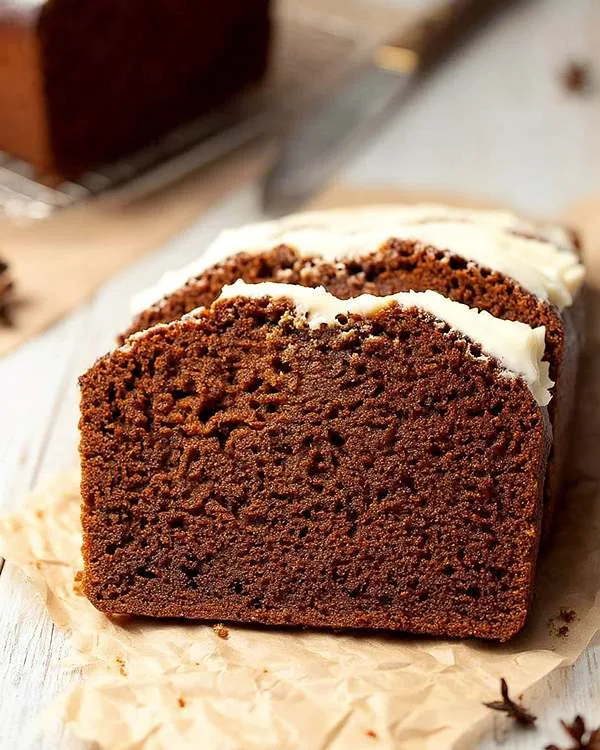
Baking a gluten-free gingerbread loaf doesn’t have to feel intimidating or complicated. With the right blend of ingredients, a little attention to detail, and plenty of encouragement, you’re going to create something your whole family will adore. The beauty of this recipe is how it comes together—the hot water creates moisture, the spices create warmth, and the cream cheese frosting brings everything home.
I’d love to hear how your gluten free gingerbread loaf turns out! Share your creations and reach out if you have questions—we’re all learning and growing in this gluten-free kitchen together.

